As a leading Custom...
Packaging digital printing era: international packaging box production giants have laid out to seize the digital printing market
Corrugated boxes and metal packaging have always been pioneers in the use of digital printing technology. The adoption rate of digital printing in this market is far ahead of the larger but more restricted gift box industry. In this regard, industry experts often have several different explanations, but in general it is nothing more than different quantities, delivery times, supply chains, quality expectations, and management attitudes and flexibility.
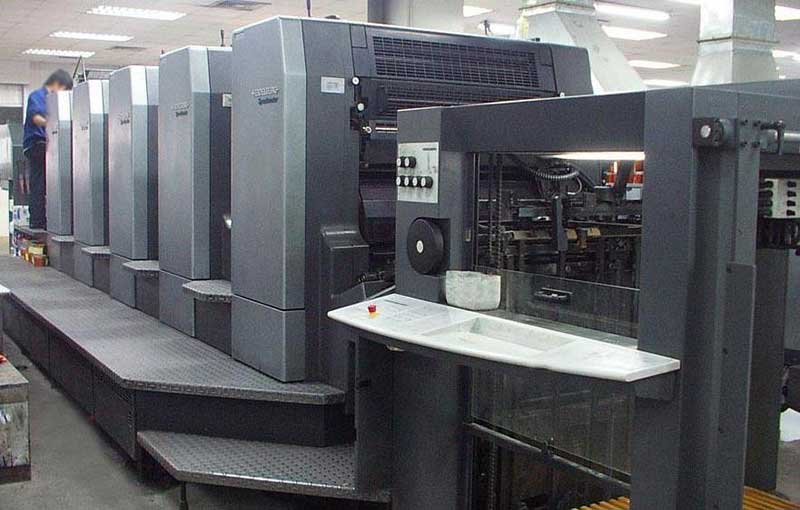
Digital printing can replace offset or flexo printing in printing or post-print production, although each requires very different configurations. Pre-printing is just printing the face paper and then pasting it with the corrugated roll paper. It uses roll-to-roll inkjet printing, which is generally a relatively simple unwind-tension-wind media transmission. Post-printing refers to printing directly on the cardboard. It requires heavy-duty sheet feeding and transfer to the delivery system to handle large, thick, heavy but relatively soft cardboard. Mounting paper is a mixture of the two. It is printed on paper and then mounted with corrugated paper. Generally speaking, offset printing is performed on high-gloss paper for high-quality retail boxes or display packaging.
One of the advantages of ultra-large format inkjet printers is that the paper format they can print on can even be much larger than the format of the largest offset printers. Carton boxes often used for the largest retail products (such as large TVs, lawn mowers, etc.) may need to be laminated with two or more offset papers to cover the entire area, but a large-format digital printer can do this.
The first post-printing inkjet printer is a UV flatbed printing equipment with multi-channel nozzles and manual loading or heavy-duty automation systems, which can directly print on corrugated cardboard. These printers generally perform well, especially because they can directly provide offset printing quality on paper larger than any offset press. However, the limited use of UV inks around food packaging and multi-channel nozzles means that the throughput of UV plates is low. Even the very fast OnsetXHS series of IncaDigital can only produce 283 full-size cardboards per hour on 3.2x1.6m paper.
In the past ten years, we have also fully witnessed the development of high-speed single-channel inkjet printers. These printers are equipped with more stable paper feeding devices, and their throughput is much higher than that of UV flatbeds. Thousands of cardboards can be processed per hour.
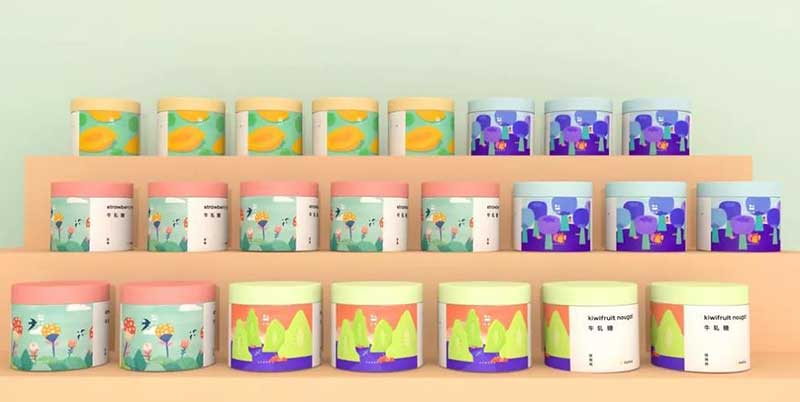
Carton packaging giants have entered the digital printing market
Svorlan Group CEO Nick Kirby delivered a speech at the Smithers Packaging Digital Printing Conference in December 2019, which was one of the last face-to-face events before the lockdown caused by the new crown epidemic. The Swolan Group includes Swolan Printing Company, a trade printer that specializes in supplying carton packaging manufacturers and packaging companies; it also includes Swolan Paper and Paperboard Company, which is in cooperation with McLaren Packaging The joint venture CorrBoard produces corrugated packaging or metal packaging.
Kirby said, “The cost of digital printing of corrugated paper may be expensive, but there are new opportunities. When corrugated boxes are combined with digital printing technology, it can bring stronger structural design capabilities, thereby creating more market opportunities for us, especially These are the orders and jobs that could not be completed in the past because of traditional printing."
Swolan Printing Company uses a multi-channel HPScitexFB10000 inkjet printer for digital printing of corrugated paper. These are very effective for their current orders, but Kirby also expressed his views on the emergence of faster single-channel digital printing presses. "The quality of a single-pass single-fed digital printing machine is comparable to that of offset printing. It is more competitive in medium and short-term single aspects and has a wide range of uses. The speed can reach 6,000 square meters per hour, so it is the speed of a multi-pass printing machine. 10 times. However, the cost is still very high. These equipment take up a lot of space, considering the throughput of their equipment, they also need a lot of space to store corrugated cardboard, so the overall cost will be relatively high."
Hewlett-Packard (Paper Packaging Digital Printing System) Strategic Account Manager Guy Thompson said: "Our customers in the corrugated packaging industry actually did a good job during the new crown pandemic, because a lot of work is related to food and needs during the epidemic. Soaring. E-commerce is also adopting more corrugated boxes. Everyone said that the corrugated packaging business is growing, and the digital trend will become stronger."
He pointed out that for the packaging processing industry, whether it is folding color boxes, corrugated boxes or flexible packaging, printing is a relatively small part of the entire process. "They also need to consider making corrugated cardboard, die-cutting, box gluing, assembly, etc. There are many automation, automatic feeders, conveyor belts, etc., which are enough to surprise commercial printers. In addition, there are a lot of MIS and other software involved. Purchase. One of the reasons for digital printing equipment is to solve the bottleneck encountered in the development of the enterprise."
Thompson said that similar to the initial appeal of digital label printing to small companies/small batches of craft beer and jam, digital printing is very suitable for the corrugated display packaging of these products. However, some of the largest brands have also found that the flexibility of digital printing is very useful for their many different sub-brands, which use more or less the same packaging, but are used in different markets or targeted at different consumers. Different color schemes, such as toaster and kettle. "Brand owners can even change the design immediately for specific upcoming events."
In the past five years, that is, since Drupa in 2016, the pattern of corrugated paper digital printing equipment manufacturers and joint ventures has undergone great changes. For example, Bobst briefly entered the corrugated paper digital printing market, but eventually withdrew, and plans to re-participate in future projects through its Mouvent inkjet business.
Sun Automation started producing its CorrStream water-based ink high-speed printing machine in 2013, but finally decided to return to its core business of manufacturing corrugated paper feeding devices. Last year, the company transferred its inkjet project to Domino Printing Technology. Domino calls its digital corrugated paper printing equipment X630i, which provides a speed of up to 75m/min on a 3,000x1,345mm printing area. So far, one X630i has been sold to Independent II in Kentucky, USA.
Spain's Barberán entered the corrugated packaging market with its Jetmaster digital UV inkjet as early as 2013. The current model has six colors (CMYK, orange and green) and variable data support. Barberán’s export manager Dennis Van Izeru said: “So far, Barberán has supplied 25 production lines to the world. The largest market is currently the United States. US customers who use this machine exclusively will first use offset printing. The job is converted to digital printing, mostly display packaging, but also industrial product packaging. In Europe, customers like Smurphy Kappa only use it for the production of industrial packaging and are also partially replacing offset printing. , But mainly to convert small batch orders of up to 2,500-3,000 sheets to digital printing because of lower operating costs and faster processes."
At Drupa in 2016, KBA announced ambitiously to develop a joint venture with Xerox to develop a hybrid inkjet folding carton printing machine called VariJet106. Soon after, KBA established a joint venture with Deshi in 2019. VariJet106 now uses Deshi's inkjet technology. However, the joint venture inherited two different corrugated paper single-pass printing press projects: Deshi’s SPC130 and KBA’s CorruJet. SPC130 is sold to medium and high-capacity users, while CorruJet is used to meet very large-capacity, high-resolution needs.
Robert Stubler leads the new KBA-Deshi joint venture. This includes the post-printed corrugated paper department and the folding carton department. KBA and Hewlett-Packard have resolved the post-printing problem through the T1190 cooperation, but this is not part of the KBA-Deshi joint venture. "For the supply chain model from processor to customer, digitization is very effective,"
EFI entered the corrugated digital printing market with its 1.8-meter format six-color NozomiC18000 at the 2016 Drupa exhibition, and its sales have experienced unexpected growth. It was originally configured for carton processors and sold to customers, such as Spain's Hinojosa (now has four Nozomi machines and is believed to have the world's largest direct printing capacity) and DSSmithIberia for printing of this type of job. However, EFI released a revised 1.6-meter seven-color version in February, which has been adjusted for display packaging, and product delivery will begin later this year.
EFI Global Corporate Marketing Vice President Ken Hanulake said: "It is surprising that customers in the packaging industry have shown great interest in this printing machine. We have been able to adopt the most efficient solution dedicated to production. To respond to the demand for that market. If single-channel technology is done well, it may change every vertical printing field it touches and provide our customers with unprecedented new opportunities." British users Delta Group and Durham Carton Company The 1.8-meter Nozomi printing machine is already used for display and packaging production, and McGowans in Dublin has also installed Nozomi specifically for display operations.
Since the beginning of 2020, Durham Carton Company has been running its Nozomi. POS business development director Andy Smith said, “We want a machine that can produce POS and e-commerce packaging, the quality of which can really make an impact on our customers, while combining the speed of turnover and the ability to print white. This printing machine The machine helped us open up the market, brought us new customers, and made Durham Carton Company a recognized and well-known 3DPOS supplier. It also helped us to provide more services to our existing customer base and provide innovation Solutions, and the ability to respond quickly to customer needs."
He said that the work done on Nozomi so far includes, "Some high-quality e-commerce packaging that conforms to POSFSDU, to provide our customers with brand consistency. Large-scale POS operation capabilities enable Durham Carton Company in this very passive Respond quickly to customer needs in the world and can focus on the regional activities of companies that need customized solutions.” EFI claims to be a market leader in high-speed single-pass printing for corrugated paper. The company has installed more than 30 units worldwide. Although limited by the new crown epidemic, its customers' printing volume is still increasing in 2020.
HP has launched the T400S inkjet web printer for the corrugated paper pre-printing market at the 2016 Drupa exhibition, but is also announcing the single-channel post-printing corrugated board printer C500 as an alternative to its large FB10000/11000/15000UV flatbed A faster water-based sheet-fed printing press for printing presses, mainly aimed at the corrugated packaging market. It uses food-safe water-based inks on paper up to 1.32x2.5m in size, and its running speed is 75m/min.
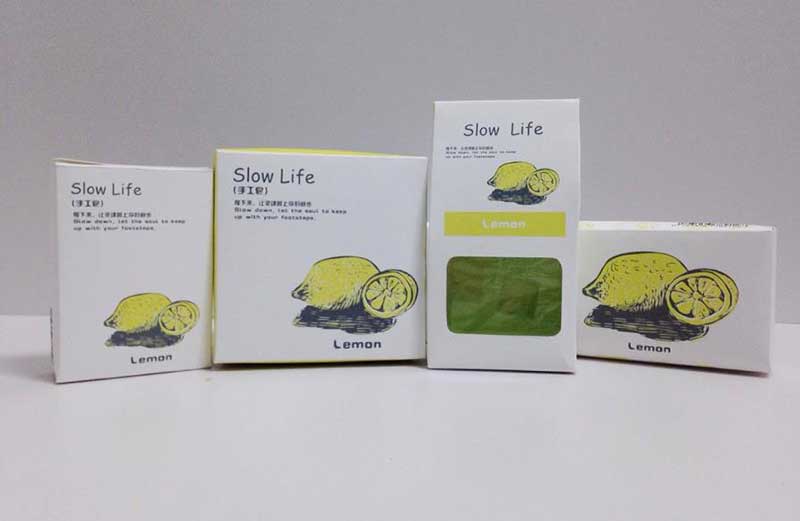
The first C500 was installed at the LIC packaging company in Italy in July 2018. Sharon Chessler, Marketing Manager of the Corrugated Division of HPPWI, Israel, said: “We currently have 9 C500s installed, five in North America and four in Europe. Since the beginning of 2021, our two existing customers have announced for them. The factory purchased the second C500, and another customer in North America will also announce it soon."
She pointed out that the types of customers are different between pure digital printing companies (such as Kompnin Carton Company) and factories that focus on high-value digital printing and network-to-packaging (e-commerce) (such as TheBoxMaker), but most processors Traditional offset printing or flexo printing processes have been adopted, and customers’ operations are being transformed into digital production. Many of these are high-volume printing industrial production companies, such as LIC Packaging in Italy, Pioneer Packaging in Kansas City, Missouri, and Kinsey Packaging in California.
"Each of our customers focuses on their value proposition to specific customers. For example, Golden West Packaging specializes in wine and agricultural packaging because many of its customers come from these industries. Our true water-based inks can be used safely in food packaging, and This unique advantage is provided to these customers. Sustainability is one of the driving forces of HPPageWideCorrugated's business, and its operations are closely focused on the circular economy that spans our entire value chain and other value chains."
HP's Thompson sales range covers large web inkjet printers, the current 1.06m wide, 183m/min PageWideT440S, and the huge 2.8mT1170S (183m/min) and T1190S (300m/min) printing presses, all of which are Water-based ink is used.
So far, it is worth mentioning BHS's 2.8m pre-printed inkjet project, which was developed by BHS and Screen Co., Ltd. to develop RSR inkjet. The first test version has been run in Schumacher Packaging in Germany.
Galfi Ondurati from Italy has demonstrated the strong potential of being able to quickly personalize or output versions on these devices. The company uses its HPPageWideT1170 to print packaging for the collective Apple growers Melinda. In 2016, Melinda raised funds for areas hit by devastating earthquakes by printing Apple boxes with support messages for social media activities. The second event in 2019 promoted apple sales by pasting photos of individual apple farmers with personal stories on 1,000 different cartons. When the cartons are stacked in the store, different pictures of farmers are displayed next to each cartons.
It is useful to compare the digital corrugated paper case study with the case study of a folding carton company. The folding carton industry is not limited to a limited number of novel products, but also personalized gifts, souvenirs and collectibles from well-known brands. The digital corrugated box market is a more stable market. Users are using their imagination to provide an application market that makes full use of digital technology for proper production and operation, such as providing high-quality products for small customers and providing more SKU options for big brands , And products that adapt to regional or seasonal changes.





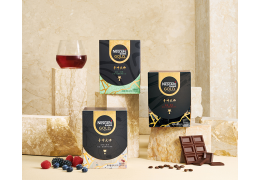
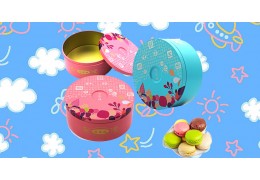
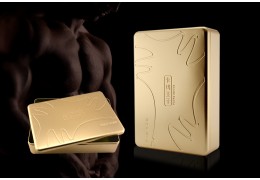

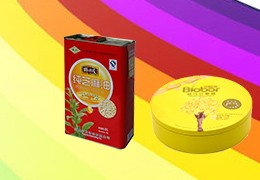

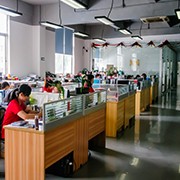

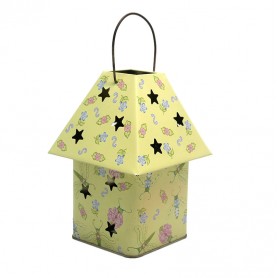
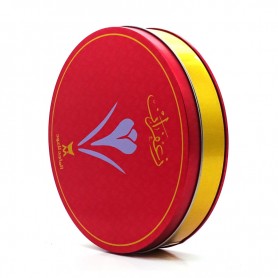



Latest comments